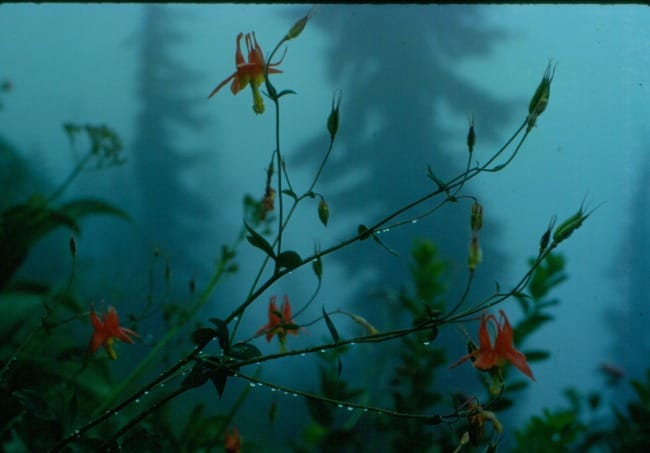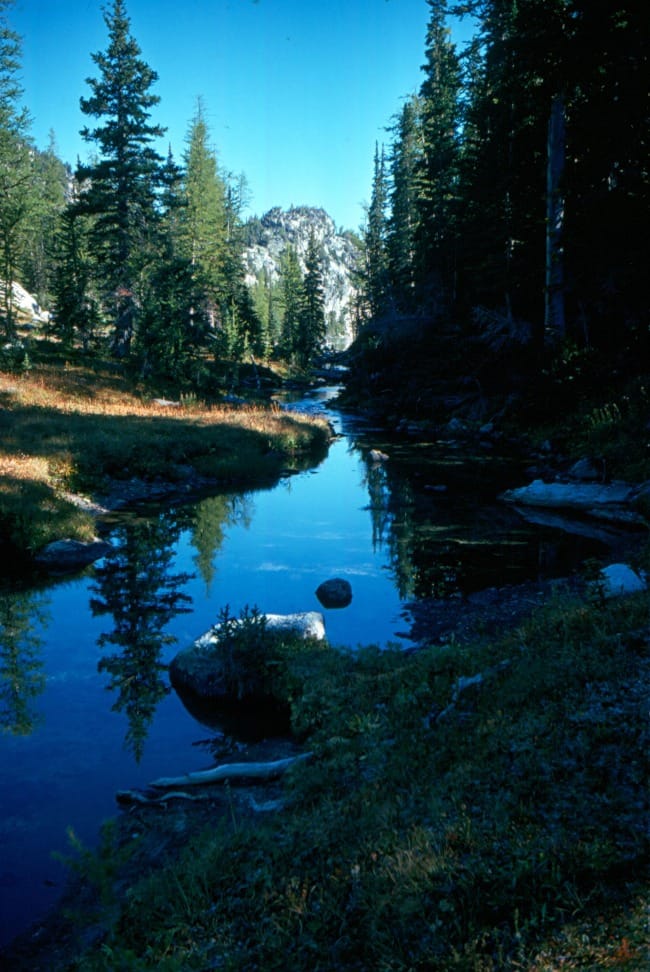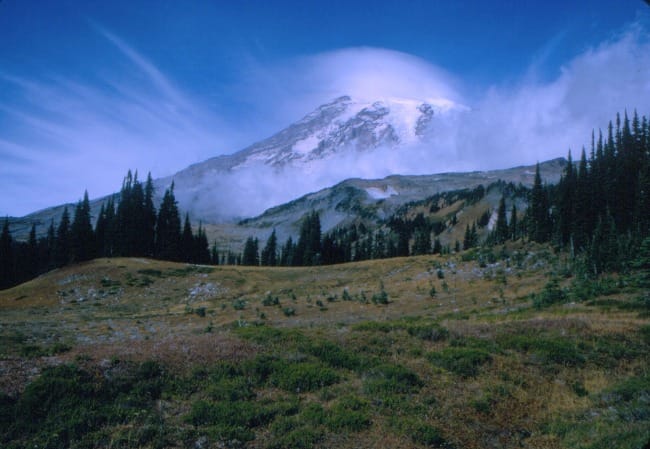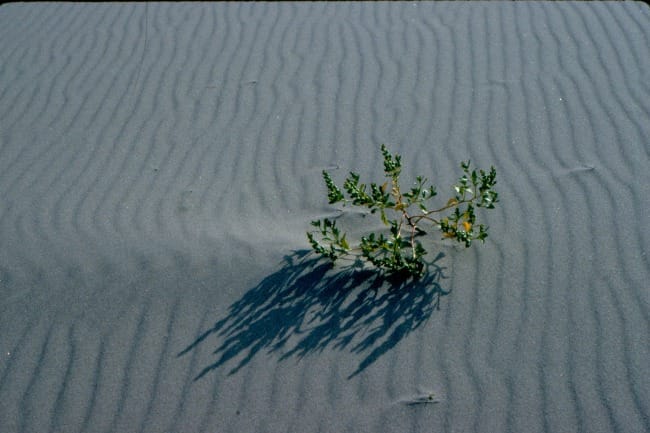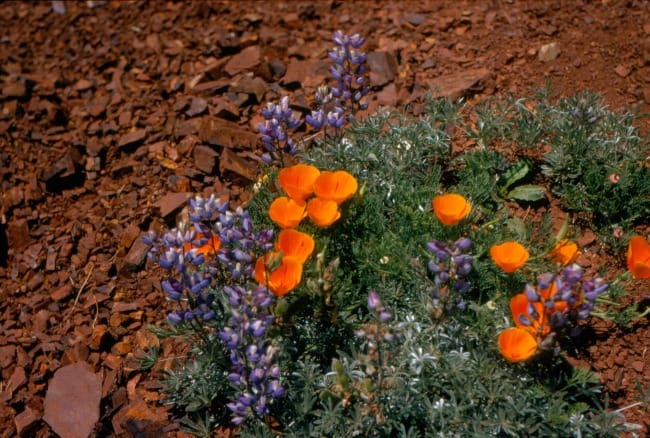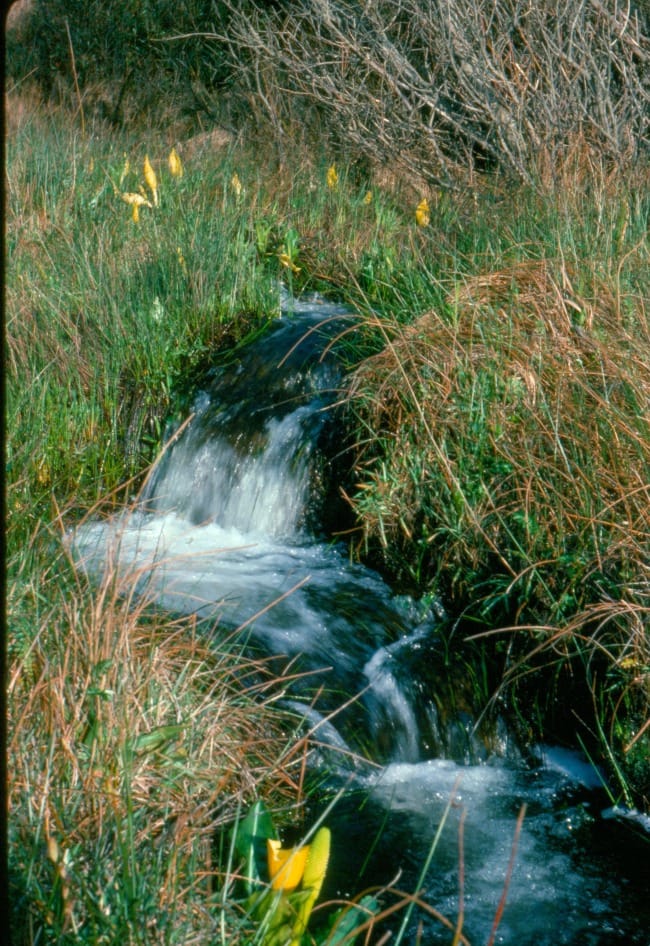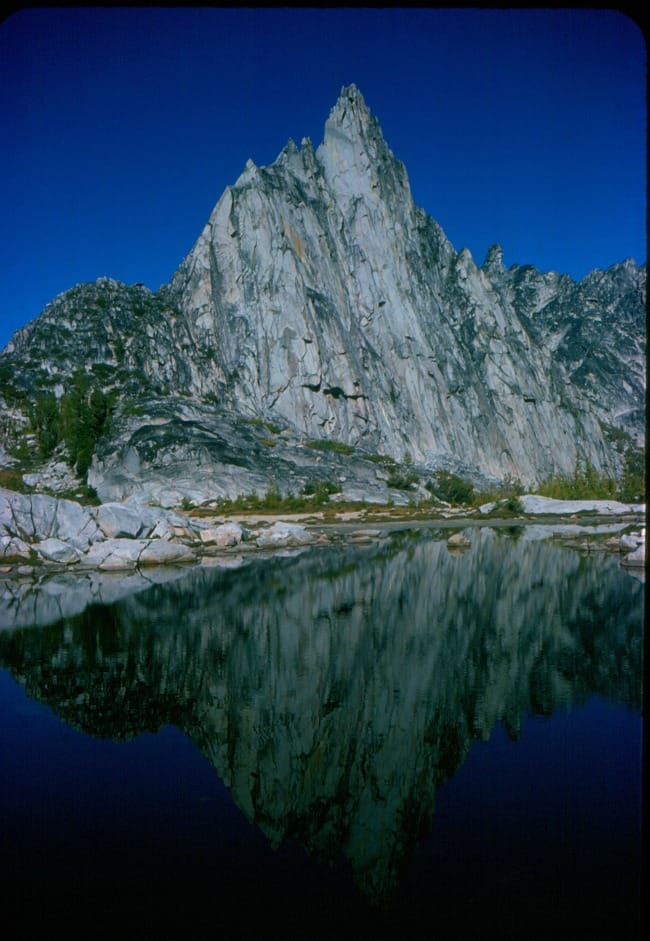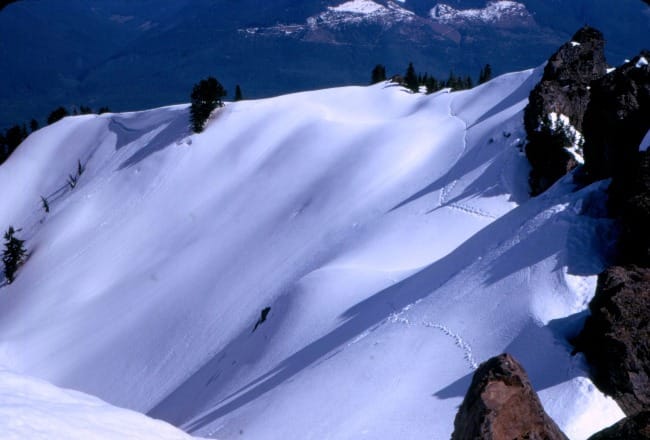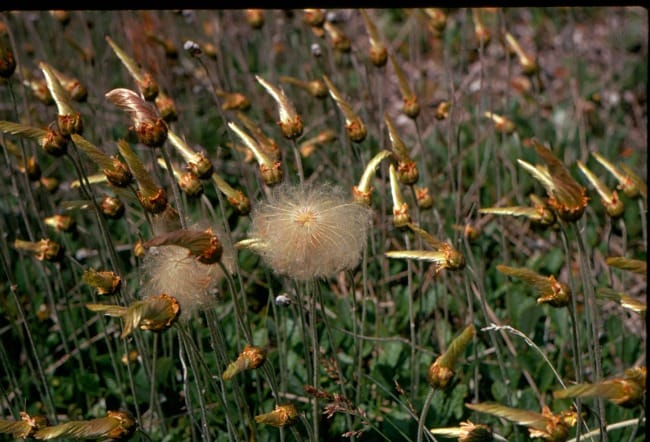My family had a ritual when I was growing up. A couple of weeks after any vacation, we would gather in the living room, set up our projector screen, turn off the living room lights, and watch as my dad projected the several rolls of slides that had just been picked up from the camera store where his ektachrome film had been processed into slides. Although my mom, siblings, and I all had cameras, we mostly took print photographs, so although we passed those around too, it was my dad’s photographs we gathered within the living room to watch.
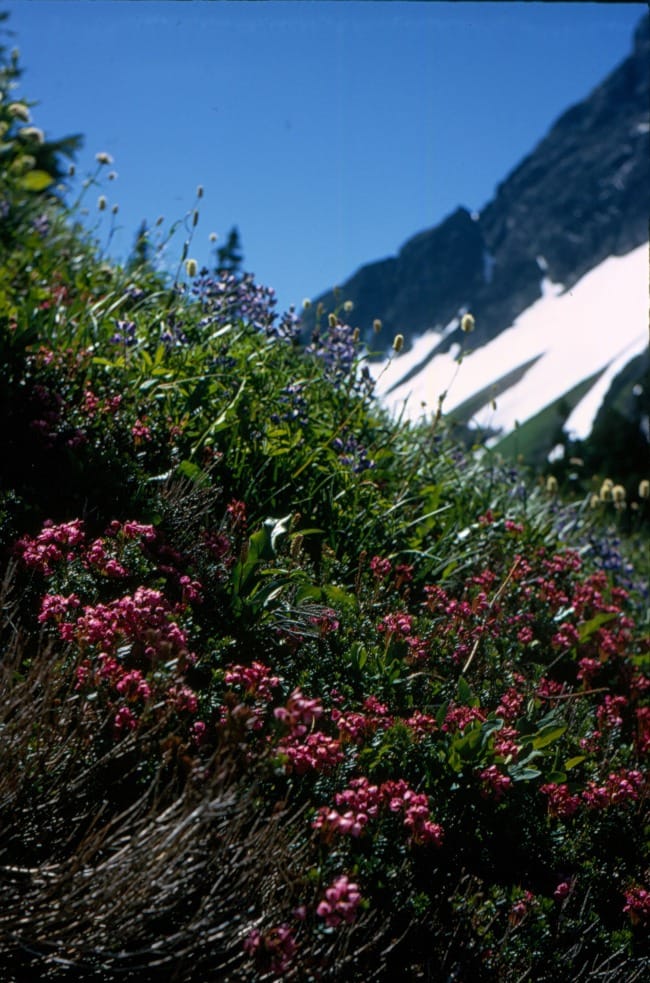
My dad took great pictures—and a lot of them! A few years ago, when I scanned all of them onto discs, I estimated the number to be more than 25,000. He mostly took scenery pictures; if people were included, there was usually a notable backdrop behind them that they were helping to frame. Our ritual of slide-watching was a way of remembering shared experiences, deepening our admiration for the world we lived in, as well as enjoying and appreciating my dad's photographic artistry.
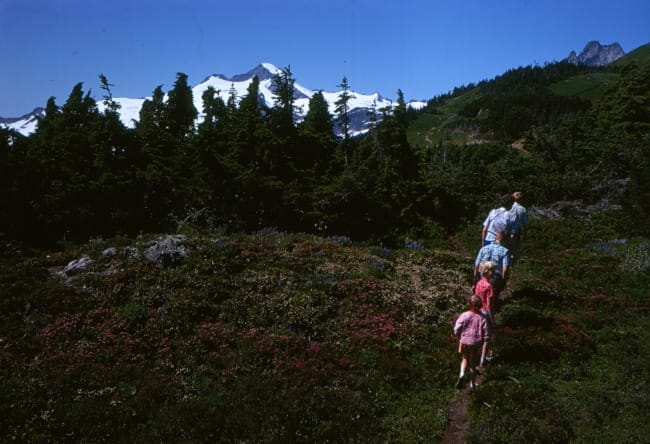
Each slide brought back a shared memory to my family as we saw it—a stiff wind blowing ocean foam down a shoreline, the strong scent of wildflowers on a mountain hillside, a marmot perched on a rock before scampering into a dark crevasse between stones. They also brought back memories of waiting while my dad took the pictures—as he crawled up the side of a canyon to get a good picture of a waterfall or while he snapped several shots trying to get the right timing of a wave crashing over a rock.
As someone who has developed similar tendencies, I now better understand that desire to preserve on film an intriguing pattern of water or sand, the progression of a pink glow into yellow. It's a way of connecting to the world I live in, a form of admiration and love.

It’s a tricky balance. Being consumed with recording an event can actually make you less present rather than more present, leaving you feeling afterwards like you've missed the event itself in the process of recording it! Or if capturing the event becomes too important, it might seem like it hasn't truly happened unless you come away without proof of its occurrence on film (or phone).
But photographing something can also create connections with where you are when it causes you to slow down, observe carefully, and respond to the place you find yourself. (If you don't actually stop and notice the place where you're taking the photograph, that is a different—and not so good—story).
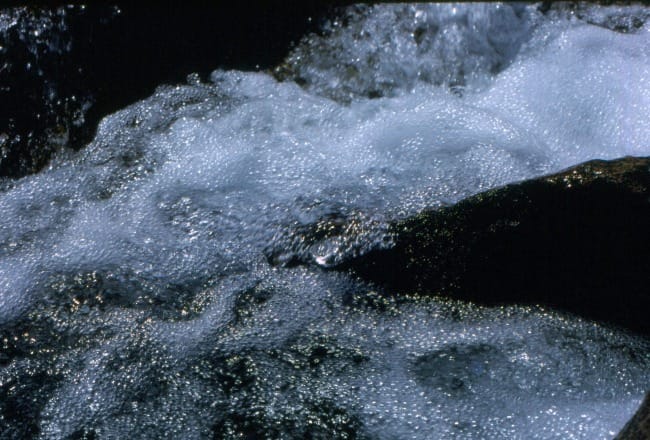
This art of creating connections with the world around us isn't confined to taking photographs—all kinds of artists do it. Painters do it when they sit down in front of an easel in front of a scene they want to draw. Potters do it when they transfer patterns or colors they see into a new form. Poets do it when they sit with a pad of paper to translate something they've experienced into words. Basket makers do it when they weave reeds or grass they have found into a form that they carry away with them.
The point is that the discipline of art creates space for a person to slow down enough to process the moments that are buzzing by and provides a form in which to do so. Regardless of the skill level demonstrated in the created art, this process of creating is a way to form a deeper connection with the world we live in, one that is whizzing by our car window at freeway speed. We have to stop driving in order to create art. It's an opportunity to listen well and be drawn into a bigger story than our own personal one.
I recently returned from a vacation in which I found myself in many places where my parents had been years before—both with and without me. The felt connections to both my parents and those places were stronger because of the photographs that had connected us all together, both reinforcing memory and actually creating memories when I hadn't personally been there with them. There was companionship in those places even in my parents' absence.
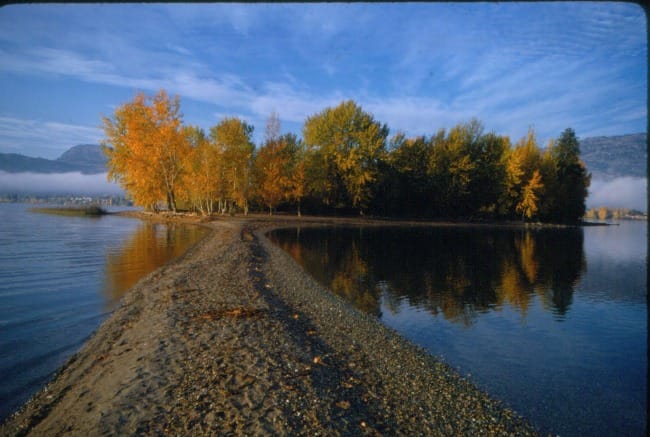
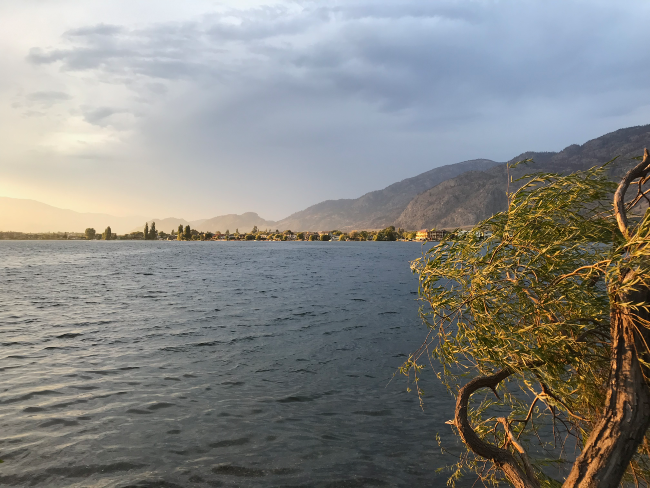
I am grateful for the value my parents put on paying attention to this beautiful world. I am grateful that they showed me how to love this creation that I am privileged to be part of. I am also grateful for the ways I am learning to love it as a follower of Jesus—recognizing God as the giver of that gift and learning how to better care for that gift in new ways.
I wonder if you have found ways that art helps you forge deeper connections with the creation within and around you. If so, do you have examples you would be willing to share with us?
To leave a comment, click below or contact me directly at info@circlewood.online.
Louise
See below for a few more of my dad's pictures.
